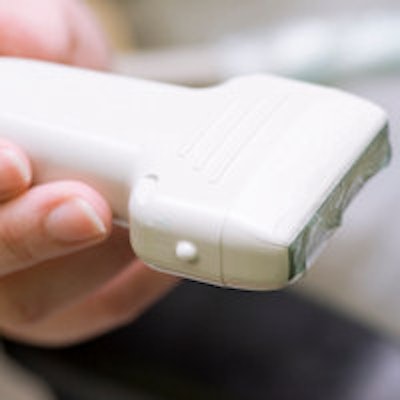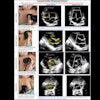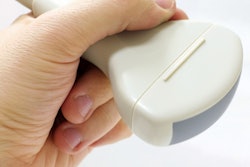
Although ultrasound probes are vulnerable to bacterial contamination, the good news is that the risk can be significantly reduced if the proper precautions are taken, according to a study published in the November issue of the American Journal of Roentgenology.
Dr. Kelly Chu and colleagues from the University of Saskatchewan found that nearly one in four of their hospital's ultrasound probes were positive for bacteria growth. They also found that disinfection procedures that follow recommended guidelines are effective.
The researchers set out to investigate bacterial contamination of ultrasound probes as part of an initiative to look at ways to improve infection control within the radiology department, according to Chu.
"As our ultrasound probes are being reused daily in a wide range of patients from the healthy outpatient to the very sick [intensive care unit] patients, then immunosuppressed oncology patients, we worried that there was potential for cross-contamination and healthcare-associated infections," Chu told AuntMinnie.com.
After swabbing 31 ultrasound probes in the radiology department of the tertiary-care academic university hospital and culturing the samples, the researchers found that seven (22.6%) were positive for bacteria growth, although none were endocavity probes (AJR, November 2014, Vol. 203:5, pp. 928-932). That percentage is on the lower end of figures previously reported in the literature.
However, the infection rate still meant that "potentially one in four or five patients who undergo ultrasound can potentially acquire bacteria from the probes and subsequently develop a healthcare-associated infection if s/he is susceptible," Chu said. The team also noted that a lack of visible soiling did not equate to a lack of bacterial contamination, as 42.9% of the contaminated probes did not show visible soiling.
To determine the efficacy of their probe disinfecting protocols, the researchers seeded probes with 104-109 CFU/mL of methicillin-resistant Staphylococcus aureus (MRSA) and then disinfected probes with 0.5% accelerated hydrogen peroxide. They found that the disinfectant worked against bacterial infection up to 109, an exceptionally high concentration of bacteria that's potentially seen in patients with abscesses, Chu said.
The study shows that cross-contamination is preventable or at least can be reduced if guidelines such as the Canadian Society of Diagnostic Medical Sonographers (CSDMS) guidelines are followed, along with observing the disinfectant manufacturer's recommendations for proper usage of the disinfectant, according to the researchers.
Disinfecting processes also need to be appropriate for their purpose. For example, endocavity (transvaginal/transrectal) probes require high-level disinfection since they come into contact with mucous membranes, while noncavity (i.e., regular curvilinear/linear) probes need low-level disinfection as they come into contact with intact skin, Chu said.
Chu added that probes must be thoroughly cleaned, including removal of visible soiling, before disinfection, as residual organic and inorganic materials interfere with the effectiveness of the disinfection process.
As for other institutions that may be seeking to ensure that their ultrasound probes aren't contaminated with bacteria, Chu suggests checking department policy on disinfecting ultrasound probes and determining if they're compliant with guidelines (such as from the CSDMS, the American Institute of Ultrasound in Medicine, or the disinfectant manufacturer) and the indications that the probes are being used for.
"If they are not, then a revision of the radiology department's policies (in conjunction with the health region's infection control department) is recommended," Chu said.
It's also important to increase awareness with both sonographers and radiologists to boost compliance rates, Chu said.




















